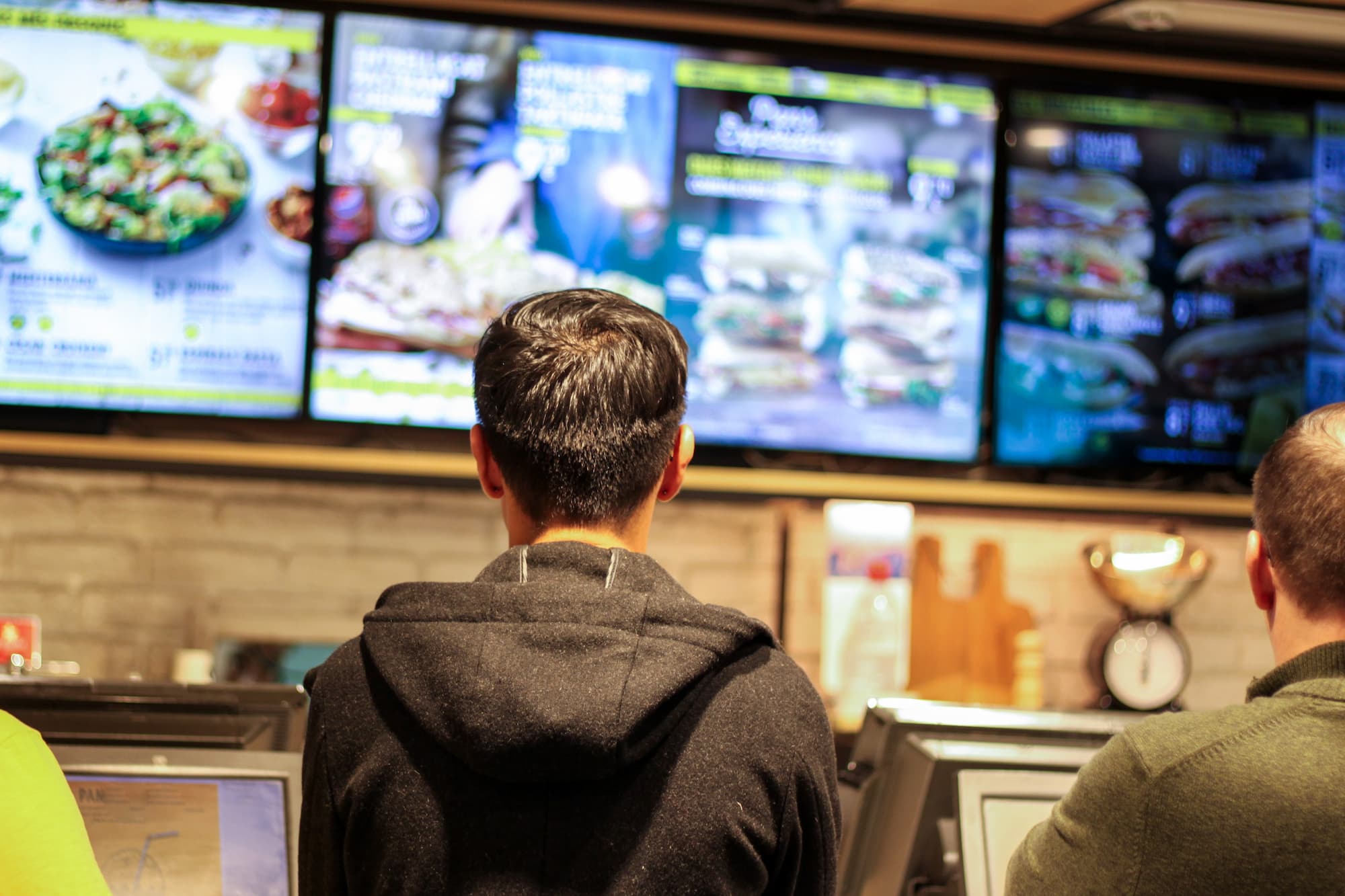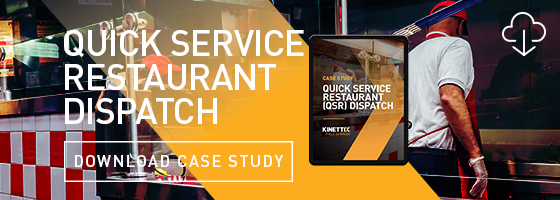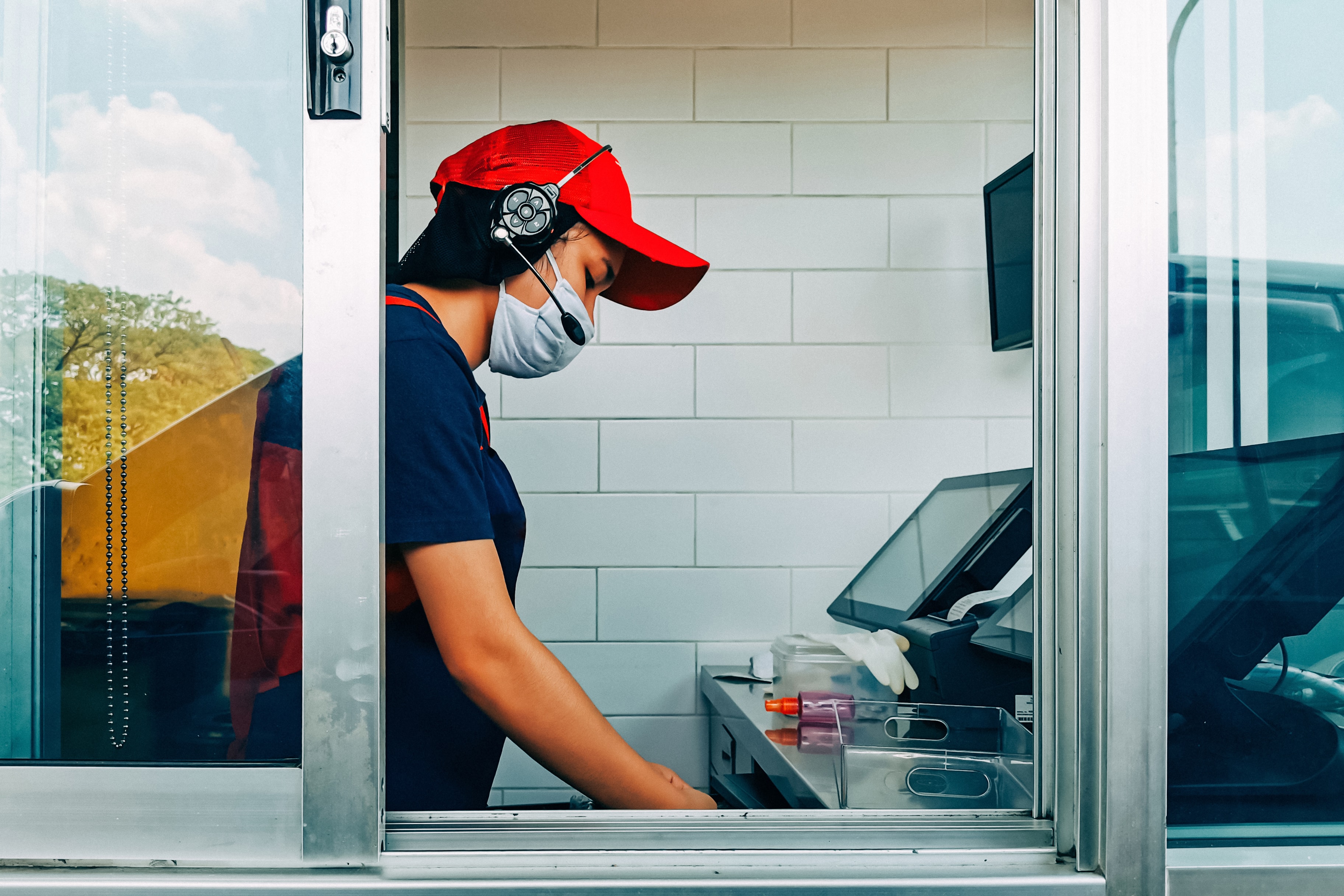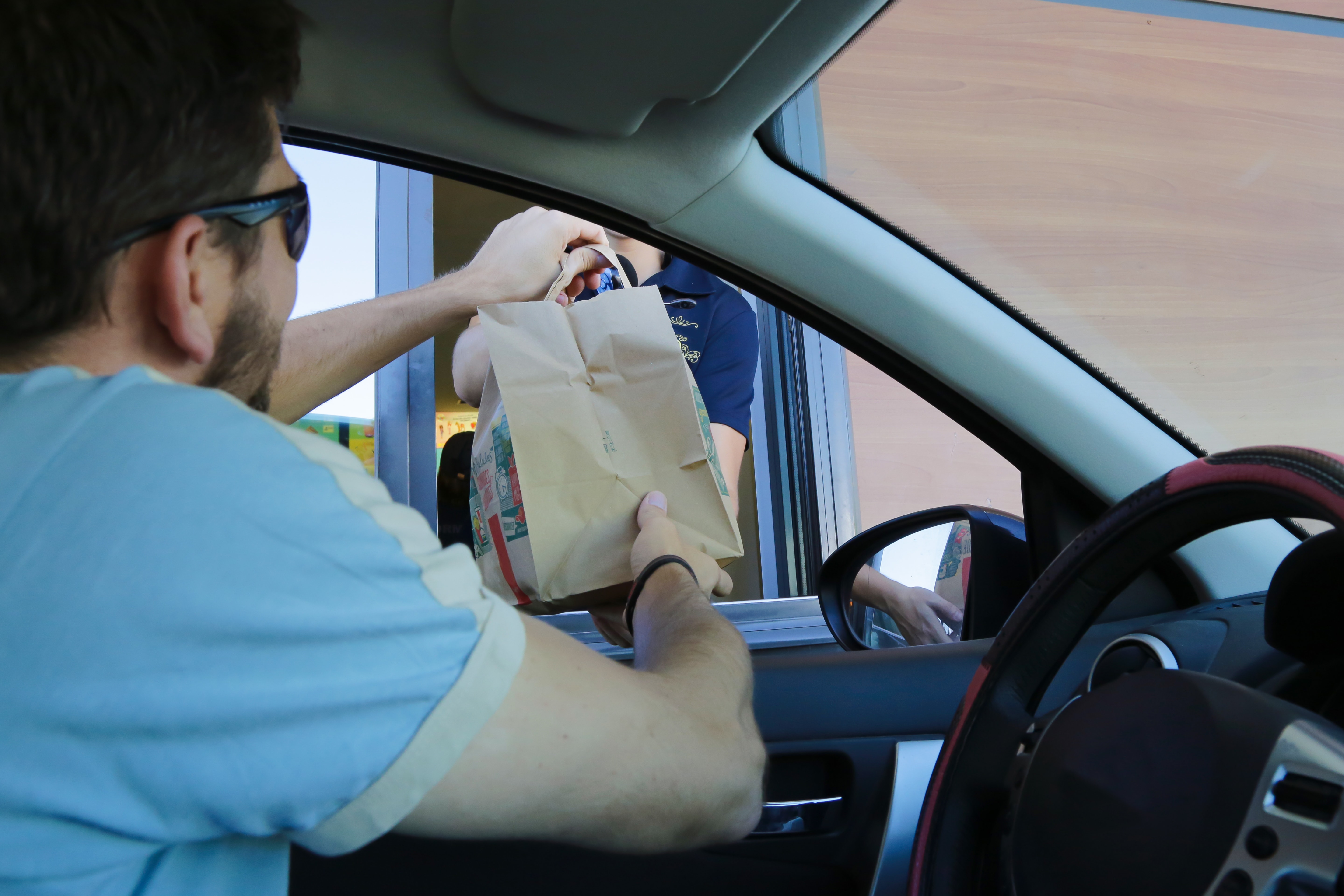For quick-service restaurants in 2021, real-time data is a must. After all, measurement is the basis of change. The best way to improve your operations and increase your market share is by evaluating the data of where you are now and making changes informed by that data. Real-time data brings your measurement and information to the next level, so you can stay nimble and adapt at a moment’s notice.
The Benefits of Real-Time QSR Data
Productivity
One way real-time data can help you improve operations is by increasing employee productivity. For example, you could implement a leaderboard system where a screen behind the counter shows how many orders employees have fulfilled and how quickly. This visibility motivates them to work faster and remain diligent. Because people can see their standings, people are more likely to change their behaviors and, therefore, the outcomes.
This same technology can be used to motivate teams as a whole by creating a feeling of competition among various locations. This way everyone on the team feels tied to the outcomes, rather than just the front-of-house staff.
Automation & Agility
With better technology and data, quick-service restaurants can become more agile and flexible. Staffing, receiving, inventory management, and compliance are all things that can become problematic in terms of efficiency. By adding technology that relies on real-time data, you can more easily identify areas that need improvement.
For example, technology can time and track how quickly customers are moving through the service process, either in the drive-thru or in the restaurant itself. When these numbers are readily available, it’s easier for you and your team to make improvements in real time. These insights can improve customer satisfaction, which can lead to increased market share as they tell their network about their great experience at your QSR.
Automation and artificial intelligence can also help quick-service restaurants retain staff, which can also help improve your standing overall. By automating some of the more mundane or manual processes, your staff can spend their time focusing on higher-priority tasks, like serving customers. Taking manual tasks off their plate can also improve overall job satisfaction and decrease turnover rates.
The Internet of Things
When data can be automatically generated by the tools and machines that QSRs use, it’s easy to know exactly what’s happening in your restaurant at any given time. For example, with the Internet of Things (IoT), you can monitor how much of a particular product your team is using. Then, you’ll know if they’re using too much and will run out before the next shipment comes or if they’re not using enough, which both hurts the customer experience and can leave you with an excess of product.
IoT can also easily notify you of common mistakes, such as the walk-in freezer being accidentally left open. Obviously, such information saves you from the time and money of having to replace lost product.
Collecting Real-Time QSR Data
As widespread use of the vaccine moves us out of the COVID crisis, it’s essential to upgrade your QSR tech, starting with your wireless network. QSR data is captured and transmitted via the internet, so you’ll need to be sure that you have enough bandwidth to support your needs. From there, you’ll need to identify what kind of data you specifically want to collect and what tools you’ll need to collect it.
When working on a new restaurant IT deployment, there’s a lot to consider. If you’re not sure where to start, give us a call. Kinettix has years of experience supporting restaurant IT projects across the globe, and we can help you through every step of your next deployment.






